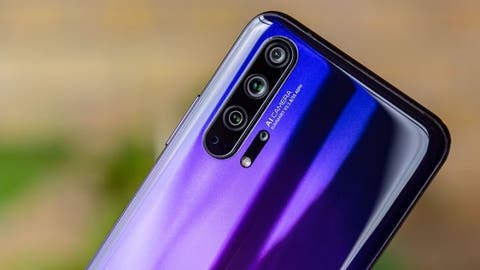Recently, Counterpoint announced the online sales share report of China’s smartphone market in the first quarter of 2019. The report pointed out that compared with the fourth quarter of 2018, China’s smartphone market online sales have declined. It is due to low consumer demand and seasonal factors.
According to the report, in the first quarter of 2019, the online sales share of China’s smartphone market dropped from 28% in the fourth quarter of 2018 to 24%. The Chinese smartphone market continued to slow down from the second half of 2018, and sales in the first quarter of 2019 have 8% decrease year-on-year.
As Zhang Mengmeng, a research analyst at Counterpoint Research said, Jingdong and Tmall are still the top two smartphone online sales platforms in China. The two giants together accounted for more than 70% of online smartphone sales. However, their share declined slightly in the first quarter of 2019 because there were no promotions and the spring offline channel performed more strongly.
In addition, third-party app platforms have played an important role in the smartphone market. More popular apps such as Pinju, Vipshop, and Xiaohongshu have begun to be available on various smartphone brands. Due to the large user base, these applications cannot be underestimated as a marketing channel. At the same time, some third-party applications also bundle smartphones and other products. For example, Vipshop puts Daniel Wellington watches and VIVO iQOO together.
The Most Popular Smartphone Brands Sold Through Online Channels
As for smartphone brands, the six major brands accounted for 84% of the market share in the first quarter of 2019. They are OPPO, VIVO, Apple, Huawei, Xiaomi, and Honor. Among them, Honor maintained the title of China’s largest online smartphone brand, accounting for 24% of the market share.
Huawei’s online market share increased in the first quarter, and it tried to strengthen its online channels in the case of a slowdown in the overall market. Both have opened myriads of online channels. As a result, the borders of these brands have begun blurring.
Xiaomi’s online market share has increased, mainly due to the launch of Redmi Note 7, a very cost-effective product. It is the first smartphone launched after the Redmi brand became independent.
OPPO and VIVO continue to expand online channels. After the VIVO Z series and OPPO K series achieved certain results, the two began to launch flagship models for the online channels mainly.
Follow Gizchina.com on Google News for news and updates in the technology sector.
